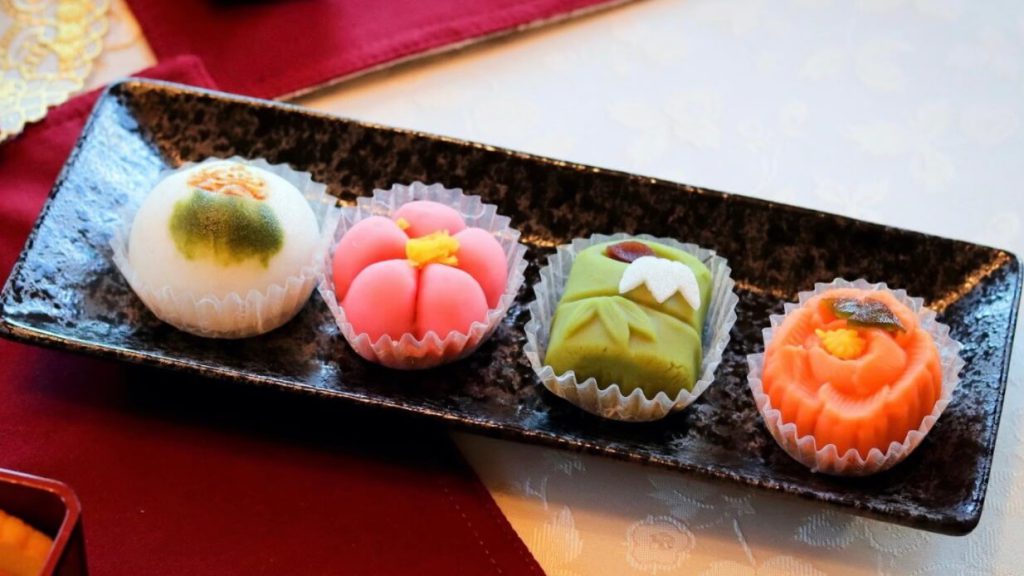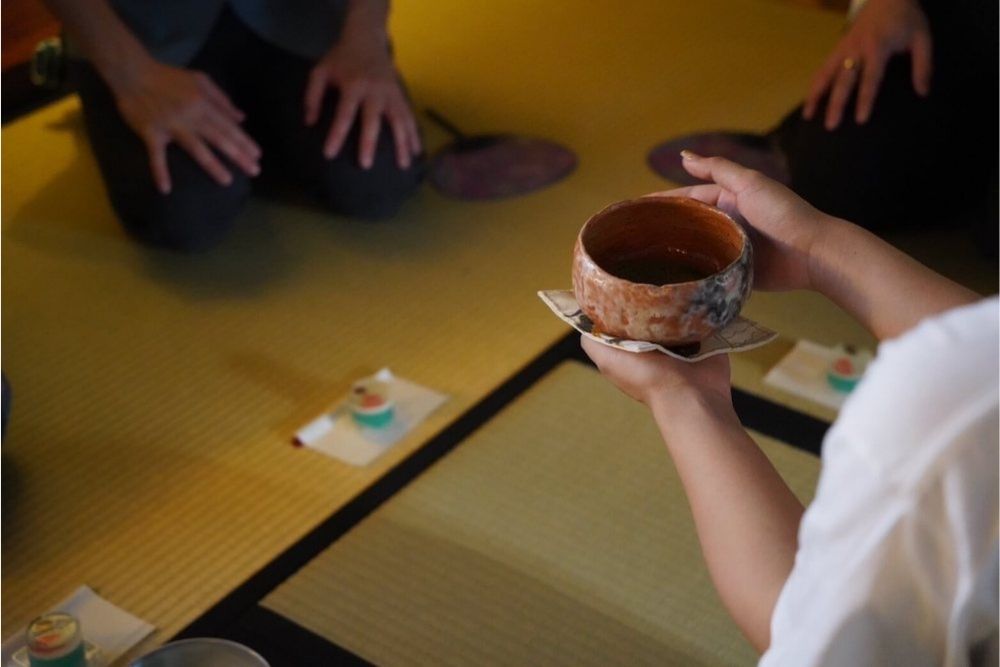-

The History and Allure of Wagashi: Unveiling the Sweet Secrets of Japanese Culture
Wagashi, traditional Japanese sweets, have been nurtured alongside Japan’s ch… -


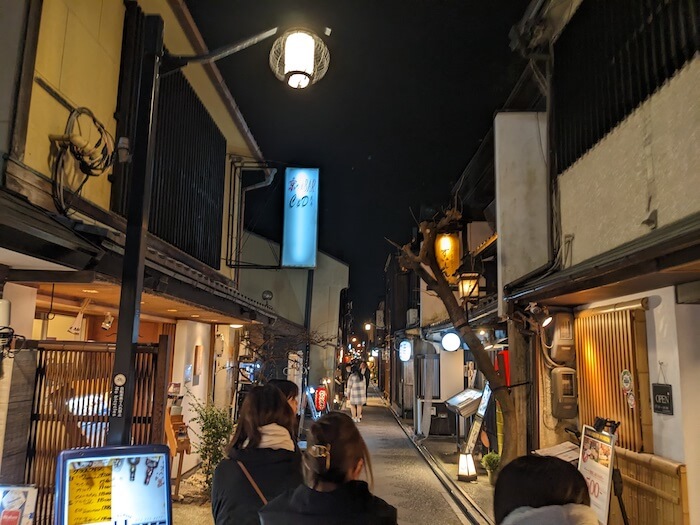
Exploring the Sanjo and Shijo areas! Leisurely strolling through the heart of Kyoto
Kyoto, which evokes a historical atmosphere, attracts numerous tourists, both… -



Perfect for Kimono! Stylish and Cute Recommended Japanese-style Coats
Hello, everyone. This time, I’d like to explain about “Japanese-style coats” … -



What is Nodate? Have a special time with making tea in the open air
Have you ever heard of the word “Nodate(野点)”? In general, Nodate means to… -


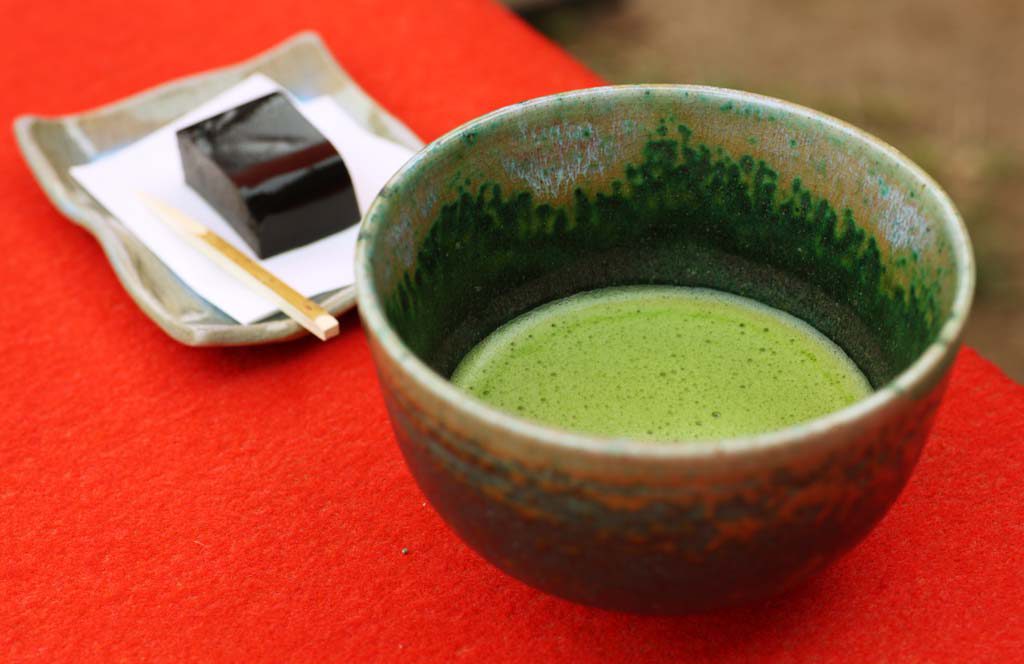
How to Choose Sweets for Japanese Tea Ceremony
Are you familiar with selecting appropriate sweets for tea ceremony practice … -


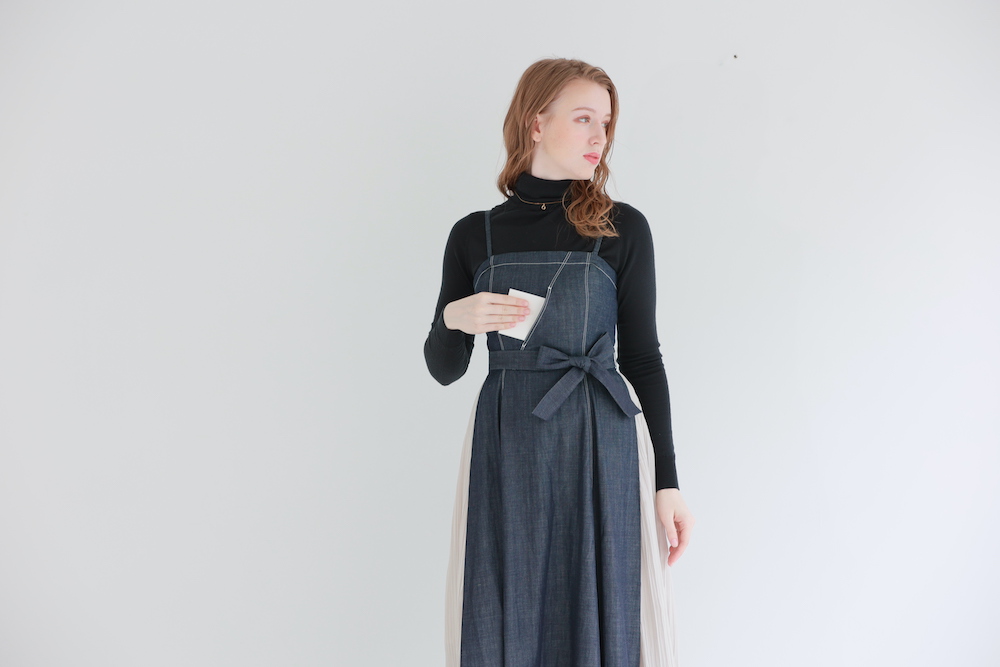
What is “Kaishi” ? Explain it in an easy-to-understand manner, including how to use it
Among the various tools used in the tea ceremony, we will introduce “Kaishi” … -



Kinkaku-ji | Introducing the Charms of a Famous Tourist Attraction!
Among the many tourist spots in Kyoto, we introduce the highly recognized and… -


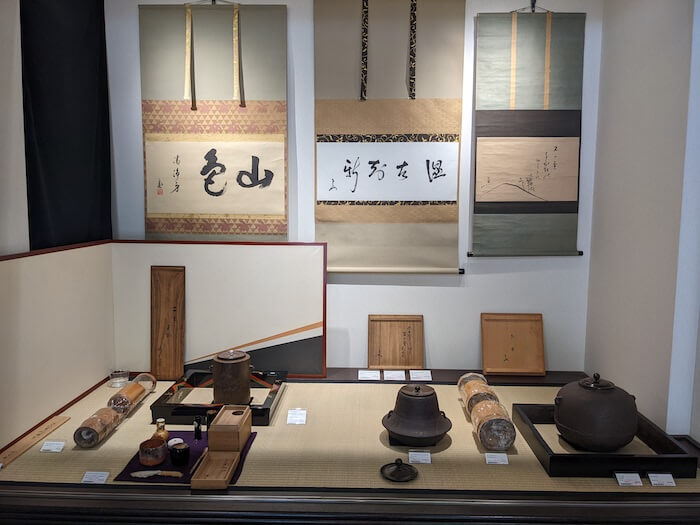
Let’s take a walk along Horikawa Imadegawa (Ogawa Street), the heart of the Japanese tea ceremony
Today, I’ll introduce Horikawa Imadegawa. If you’re taking the train, the nea… -


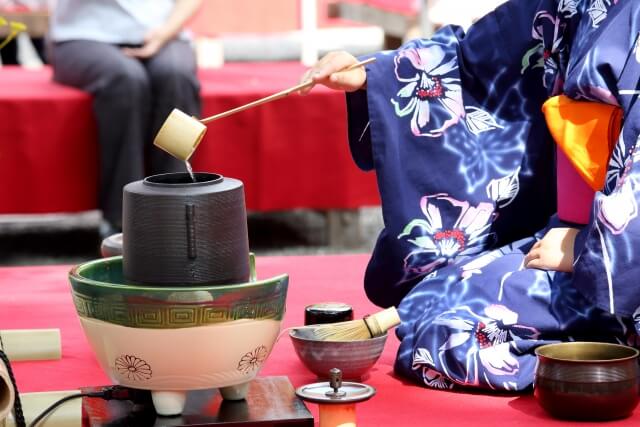
Do you all know Japan’s Three biggest Grand Tea ceremony’s event?
Do you all know about the “Three biggest Grand Tea ceremony” held within Japa… -


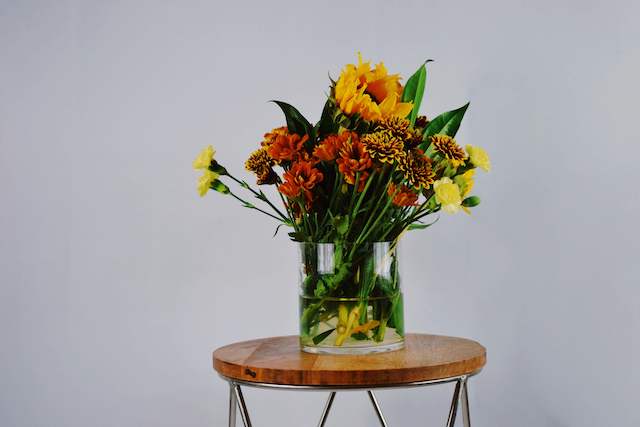
The History of Ikebana: An Overview from Ancient Times to the Present Day
When you start learning ikebana, you may notice that each class has its own s… -


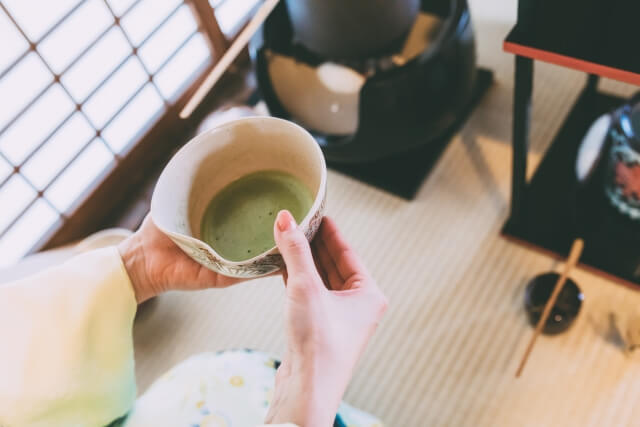
Tracing the History of Tea Ceremony: Tea and Sen no Rikyū
When you become interested in the art of tea ceremony, you might naturally wa… -


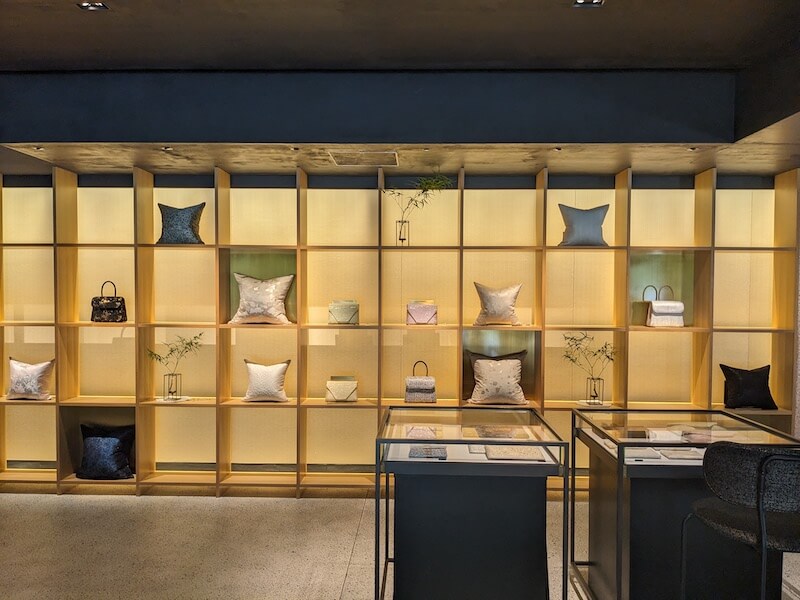
HOSOO | Gallery of the long-established Kyoto brand
HOSOO, based in Kyoto’s Shijo district, is a venerable weaving company specia… -



The Traditional Japanese Colors to Paint the Tea Room
Many Japanese tea ceremony enthusiasts mention “calming” and “relaxing” as th… -


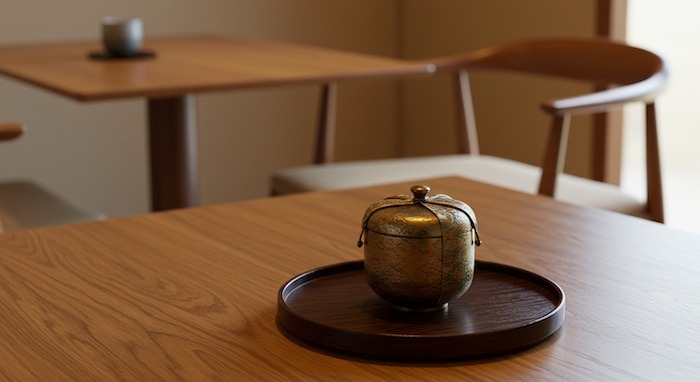
What is a Chaire(茶入れ)? The Appeal of a Tea Container in Modern Lifestyles
The *chaire* (tea container) is one of the most prestigious tools in the worl… -


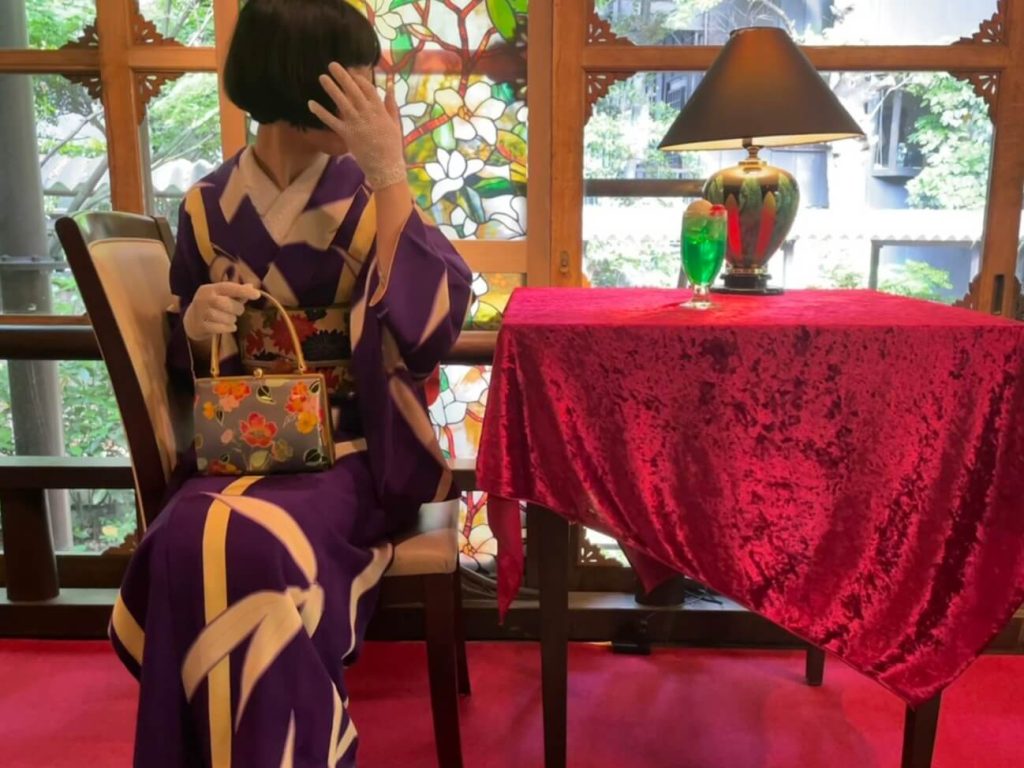
A Must-Try! Introducing the Allure of Antique Kimono
Do you know about “Antique Kimono”? Let me introduce you to the charm of thes… -



Things to Know Before Your First Tea Gathering! Attire, Essentials, and Etiquette
When you hear “tea gathering,” you might imagine something formal and feel it… -


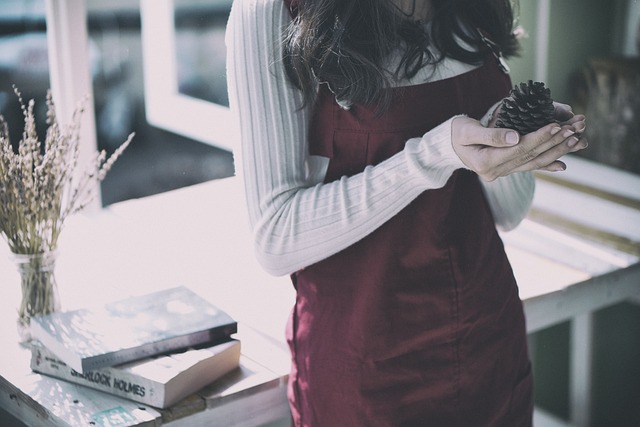
What Are the Differences Between the Tea Ceremony and Flower Arrangement? A Guide to Enjoying Japanese Traditional Culture
You may already be familiar with the terms “tea ceremony” and “flower arrange… -


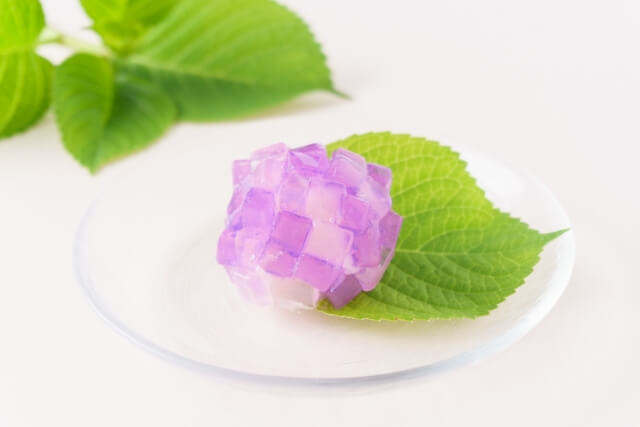
Introducing the Main Sweets for Tea Ceremony in June
Speaking of June, it’s the rainy season. The actual duration of the rainy sea… -


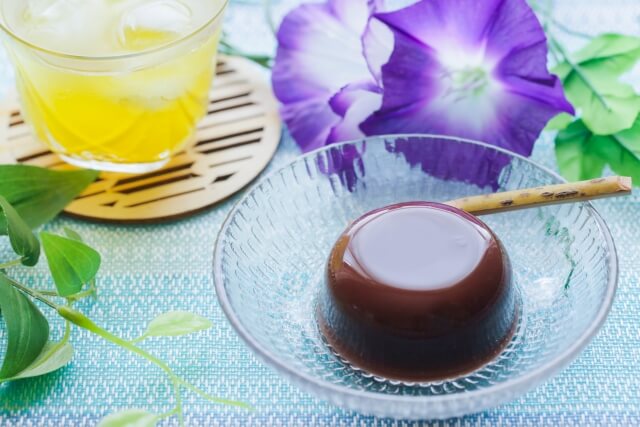
Introducing July’s main Wagashi enjoyed through the tea ceremony, evoking the feeling of summer.
In July, many regions experience the end of the rainy season and transition i… -


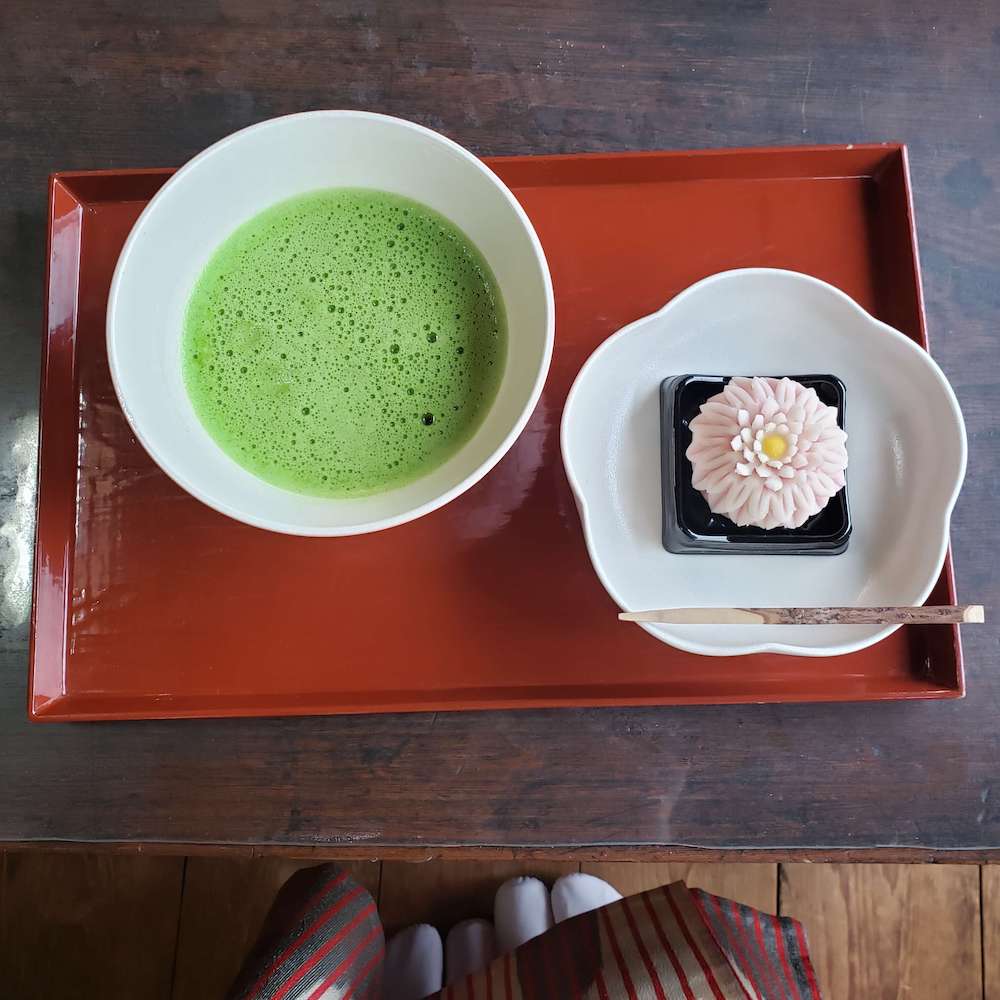
A shop perfect for going out in a kimono! Lucite Gallery / Lucite Cafe
This time, I will introduce a perfect place for going out in a kimono. The lo… -


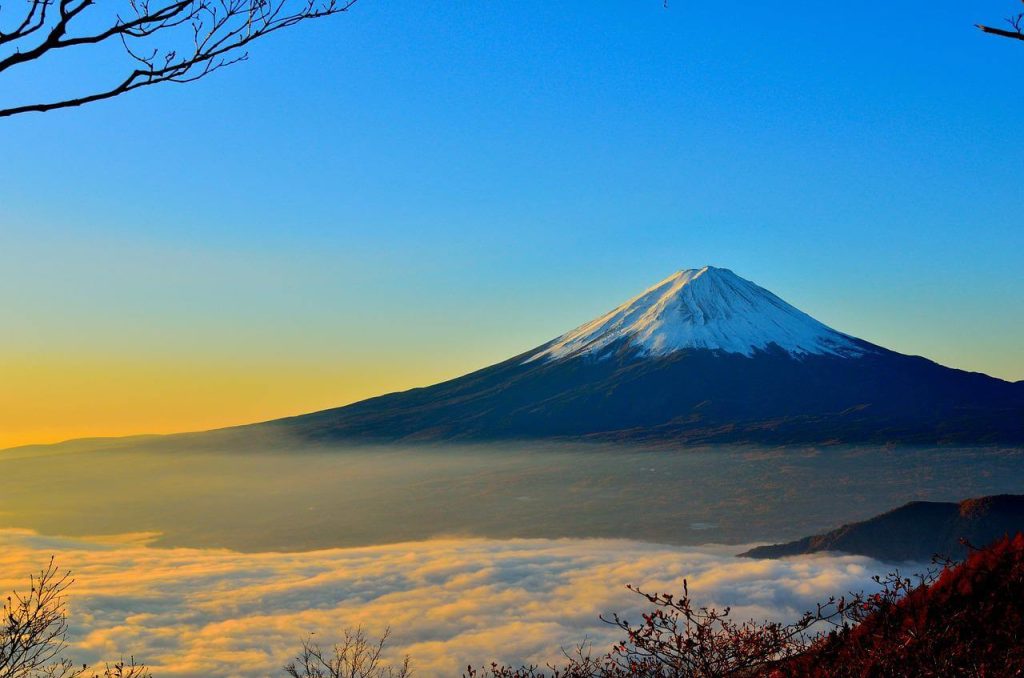
At first you should understand about the History of Japan
It is impossible to understand what is going on in a particular civilization …
